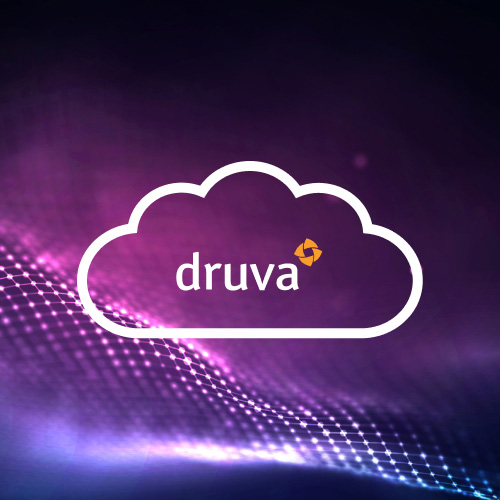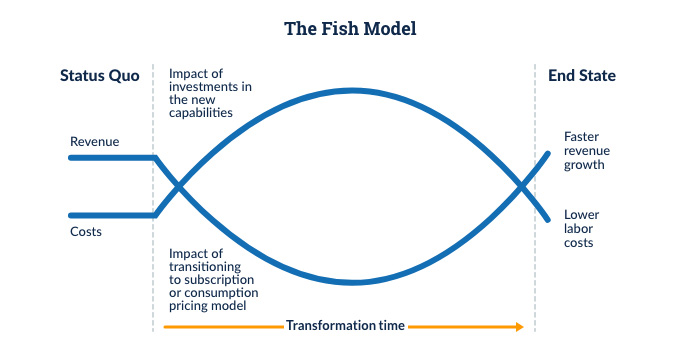Since the first modern age electric vehicle was introduced, many auto manufacturers have been announcing new EVs almost every week – but I firmly believe Tesla has a lead and is a good example of first-mover advantage in the design of their business model.
From the outside, EV seems like an oversimplified drivetrain with a battery and two motors. However, Tesla had to build a whole new operating model for electric vehicles. Beyond the most obvious software-led design and experience change, they saw and solved some very complex problems early
- Most efficient miles/kw by constantly reducing weight and improving ac motors
- Ultra-efficient transformers, and variable voltage & amp charging modules
- Innovative electrical engineering w/ phase and frequency managed drivetrain (not amp)
- Software synchronized motors (instead of mechanical parts)
- Reduced the cost of setting up an auto plant by 60%… and many more.
Tesla is the best example of how great innovators think long term and keep on pushing the barrier. And yet, the market still doesn’t fully understand the potential. During the latest Tesla Battery Day event, Elon outlined, in the probably the best examples of product marketing, precise steps over the next 3 years to reduce cost of battery by 50%, improve efficiency by 40% and reduce cost of setup by 60%. Sounds too good to be true right? But yet the Tesla stock fell by 25%.
Why am I geeking out on Tesla and EVs? To make a simple point, all disruptions almost seem impossible until they reach the inflection point.
And, I see a similar paradigm shift happening to software business with SaaS-based business models. Especially right now around data and it’s management.
Let’s start from the beginning
In 1998 Salesforce announced their SaaS/Cloud solution and then many applications companies like Workday, ServiceNow, Zendesk etc. followed to SaaSify their industry.
After applications, the next set of solutions to go SaaS were developer tools (such as Github, Twilio, etc), and then foundational software like security (Okta), security (ZScaler) and now the battle is around data and infrastructure to manage it with Snowflake setting the record with their IPO.
There are 3 key factors giving a rise to a SaaS based model for data protection & management:
- As data gets more and more fragmented, data protection and management have to be more centralized.
- A secular shift towards cloud and subscription economy, for simplicity and scale
- Lack of affinity towards hardware based models both by customers and public market investors
Let’s talk about data protection and cloud
In recent months, we have seen a bunch of gibberish announcements from Commvault and now “next-gen” legacy players like Cohesity claiming that they are “embracing the cloud”, and emulating our messaging (and even shamelessly copying words and creatives) in their announcements. I fully expect Rubrik to be next.
They fail to realize two fundamental facts:
- Customers don’t care about how any of us define the cloud, they care about the benefits they get from the solution.
- Cloud is not a technology which you adopt, it’s a business & operating model shift.
COVID-19 has washed away all notions of personal, private, virtual-private, and hybrid clouds. Software-defined was a technology shift, whereas the cloud is a business model shift where the customer is willing to pay a fixed price point, for a set of resources at pre-defined SLAs consistent across the globe. Software-as-a-service (SaaS) is simply another acronym for consuming cloud software on a subscription basis under a contract that defines these SLAs.
We welcome the competition, because ultimately, the customer benefits from it and having more vendors simplifying their operations using the “SaaS” approach. However, vendors have to be honest to customers around their SaaS capabilities, and truly be ready for the learning curve of this new operating model.
What’s a cloud operating model?
Without a doubt, cloud data protection brings a revolution to the long-lasting dynasty of data protection through hardware and software. The data protection infrastructures are too constrained, narrowly focused, and expensive to support applications scaling in the cloud, or the rapidly growing demands of a remote digital workforce. Druva has seized all the benefits from the public cloud (scalability, cloud economics, security, global access, speed) to provide a new operating model for data protection.
This new operating model has four components:
- One architecture. The cloud allows the creation of a fully secure, scalable architecture that combines storage and computing to keep more snapshots of data, but one copy of data. By abstracting the cloud’s complexity, it becomes as simple to use as a cloud file system.
- A new business model. While the public cloud proposes economies of scale, it can create surprises if not controlled when combined with scalability. Cloud data protection addresses this challenge by aligning costs with value, in full transparency.
- A new experience. Customers get instant gratification and well defined SLAs for managing data without any of the complexities. The data works for you and not the other way around.
- Value-added data services. One can easily think of backup or data protection as an insurance policy. The best comparison for cloud data protection is with financial services. Once customers have their data under management, they can yield more value from their data, just as they would their financial institution to make their assets more productive.
With this new operating model, customers discover a new approach for data protection:
- Manage data, not infrastructure. With Druva’s cloud data protection, the only asset to invest in and to address is the data, in full confidence it is safe and available.
- Pay as you go: Traditional data protection itself has been a kind of ransomware by asking you to pay upfront for 5 years – there is no parallel to this in any other industry. With a SaaS business model you pay as you go, and true up and down when needed.
- Public cloud economies of scale. TCO reductions of up to 50% are common across the Druva customer community.
- Protect data wherever it is served. With the birth of cloud workloads, and re-birth of the edge – only a cloud deployment model can protect data where it’s served.
- Leverage innovation to stay ahead. Public cloud is evolving every single day with paradigm shifts in compute, ML/AI, medata data and storage models. A true cloud platform brings these innovations to life without the customer learning curve.
Swallowing a fish… and why this change has been hard on software players
The term swallowing a fish comes from the Technology & Services Industry Association (TSIA), and refers to the transition of technology as an asset to technology as a service¹. As with any transition, the near term impacts to the business can be significant and most vendors do not want to address or face those impacts head on, even if it means sacrificing the longer term benefits that could be realized by the customer and ultimately their own revenue.
For example, there is an immediate impact on P&L. Revenues will likely drop as the billing structure shifts from perpetual software/hardware to the lower cost annual or consumption based pricing of the SaaS solution. Investments in sales & channel commissions will also increase, especially in the early stages to push the change as the new services are fully developed and implemented. It takes significant time and investment before profits are again seen.

